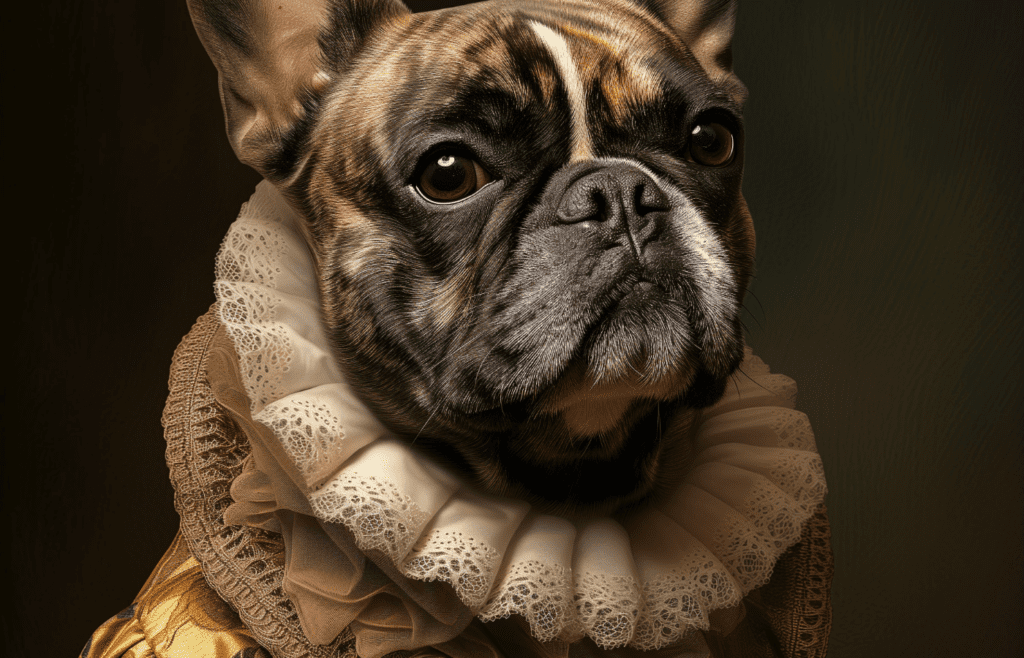The distinctive features of pugs are truly unmistakable. The wrinkly, short-muzzled face and curly tails are iconic to this breed. But other than how cute pugs are, what do you know about their breed?
These cute, cuddly, lovable dogs have a surprisingly long history. Get ready for some mind-blowing pug facts!
10. Pug Origins

Pugs originated in China around 400 BC. They can be traced back to the Shang Dynasty, which ruled China from 1600-1046 B.C. Pugs were considered lucky because their forehead wrinkles resembled the Chinese written character for “prince.” Emperors kept pugs as lapdogs, sometimes assigned soldiers to guard them, and even gave them small castles.
9. The Pug Who Saved a Prince

One night in Hermigny, France, assassins crept toward the tent of William The Silent, the Prince of Orange. His pug Pompey heard the intruders. He barked and scratched at William to warn him. Finally, he jumped on his master’s face, waking him and saving his life. Pugs became the official dog of the House of Orange in 1572.
8. Queen Victoria Popularized Pugs in the West

Portuguese traders brought Pugs to Holland in the 16th century. When William III and Mary II left the Netherlands to accept the throne of England in 1688, they brought pugs with them. In the Western world, credit goes to Queen Victoria for breeding pugs and popularizing them during her reign from 1837 until 1901.
7. The Pug Who Worked as a French Spy

During the eighteenth century, pugs became popular in France. Before Josephine became the wife of Napoleon Bonaparte, during the Reign of Terror, she was imprisoned. Her husband was guillotined. During that time, her pug, Fortune, was given visitation rights. The pug served as her spy, carrying concealed messages to her family.
6. Separated from People, But Not Pugs

A monk’s life can be lonely. Many Tibetan monks separate themselves from the world, living in the Himalayas, the highest region on Earth. The snowy isolation lets them live in peace and pray in quiet. However, since ancient times, Tibetan monks have kept pugs in their monasteries to keep them company.
5. “Retro Pugs” Didn’t Have Smashed-In Faces

Pugs didn’t always appear as they do today. Over time, breeding trends have led to shorter muzzles and legs. This has caused brachycephaly, a deformation of the upper airway track, that leads to obstructed breathing and other health issues. Advocates are pushing for a return to “retro pugs” with longer snouts.
4. Chubby Pugs

UK research found pugs are more prone to obesity than other dog breeds. Pugs are three times more likely to develop obesity. One out of every five pugs are diagnosed as obese each year. Breathing problems make it hard for them to exercise much, and they tend to be inactive.
3. Where Did the Name Pug Originate?

No one’s certain of the origin of their name, but there are several theories. Some say pugs are named after “pug monkeys,” a term of endearment for marmosets. Others say it’s from the Latin word pugnus, meaning fist. Their name also may come from the Chinese word pai, meaning “dog with short legs or short head.”
2. Pugs Are Severely Inbred

One of the biggest dangers when trying to maintain characteristics of certain breeds is inbreeding. In 2008, a UK investigation looked at 10,000 pugs. They found that the inbreeding was so prevalent that the gene pool of the pugs was equivalent to that of just 50 individual humans.
1. The Basic Pug Facts

The American Kennel Club places pugs in its toy group. Their height ranges from 10-13 inches. Their weight averages between 14-18 pounds. Usually colored fawn (light yellow), a pug’s coat can have a variety of colors. Their life expectancy is 13-15 years. Described as charming, loving, and mischievous, pugs are affectionate with family and are good with other dogs and young children.
Read More: 10 Dog Breeds Your Cat Will Like





